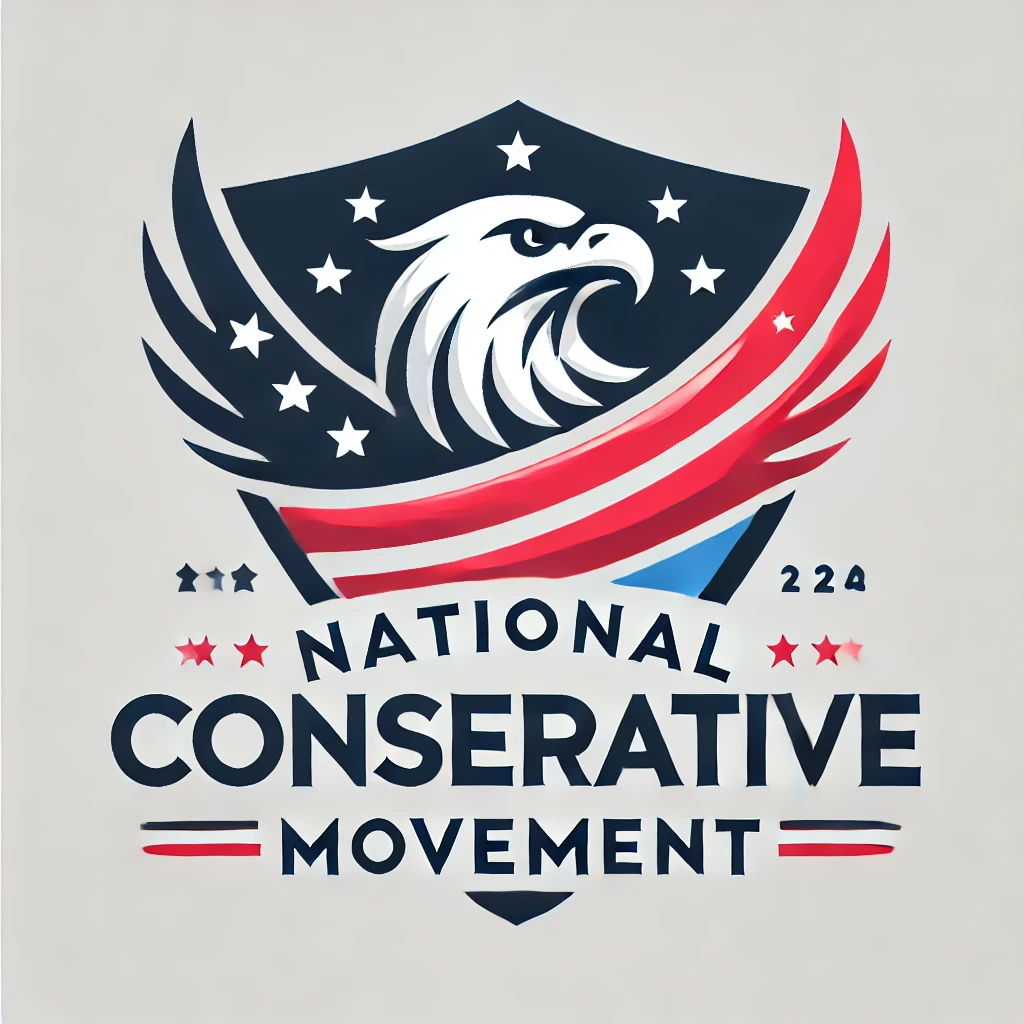
North Dakota this week became the 47th state to authorize public charter schools, building on a model that advocates say improves academic achievement while spending less money.
Republican Gov. Kelly Armstrong signed a law that will take effect Aug. 1, making the Flickertail State the latest to embrace the model of independently managed public campuses. Nebraska, South Dakota and Vermont are the only states that have not approved them.
“Expanding school choice is a win-win for North Dakota families and for our state’s workforce and long-term success,” Mr. Armstrong said after signing the legislation Monday. “The public charter schools authorized by this bill can drive innovation, improve student outcomes and increase parent satisfaction.”
Supported by the North Dakota Legislature’s Republican supermajority, the law empowers the state superintendent of education to authorize the establishment, funding and operation of any public charter school that “meets or exceeds state performance standards.”
It also gives charter schools “a right of first refusal” to purchase unused state facilities such as abandoned public school buildings.
The National Alliance for Public Charter Schools estimates that 8,000 charter schools nationwide counted 3.7 million students last spring, representing 7% of all public schools.
“Millions of families choose public charter schools because they are best for their children’s needs,” said Starlee Coleman, the alliance’s CEO. “We are overjoyed to welcome North Dakota into our community, and we will continue to serve as a partner to ensure their charter school students thrive.”
In an analysis of public enrollment data published in October, the advocacy group found that charter schools in the 46 states that allowed them expanded their student bodies by nearly 400,000 or almost 12% between the 2019-20 and 2023-24 academic years. Over the same period, the tally at traditional public school districts dropped by nearly 4%, or 1.75 million.
Patrick J. Wolf, an education reform professor at the University of Arkansas who studies charter schools, said charter schools have a track record of improving academic performance for disadvantaged students without the large bureaucracies that traditional school districts employ.
“Rigorous city, state and national studies have shown that students tend to learn more in charter schools than in district-run public schools,” Mr. Wolf said. “Now North Dakota parents will have more educational choices for their children.”
In an October 2023 study, the University of Arkansas’ Department of Education Reform found that eighth-grade students in charter schools scored an average of 2.4 points higher in reading and 1.3 points higher in math on the standardized National Assessment of Educational Progress with 30% less funding than students in public school districts.
However, Mr. Wolf predicted that “it will take several years before North Dakota can build a robust set of new public charter schools to serve students.”
The National Education Association and American Federation of Teachers, the nation’s two largest teachers unions, did not respond to requests for comment on the North Dakota law.
Union officials have waged a decades-long campaign against the learning model since Minnesota opened the nation’s first charter school in 1992, often lobbying lawmakers to withhold public funds.
While unions represent most teachers in public school districts, they represent only about 1 in 10 charter school teachers.












